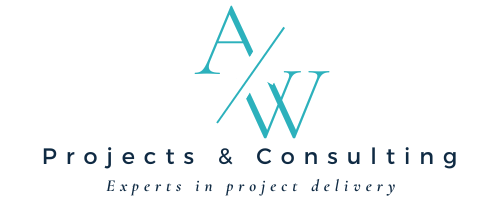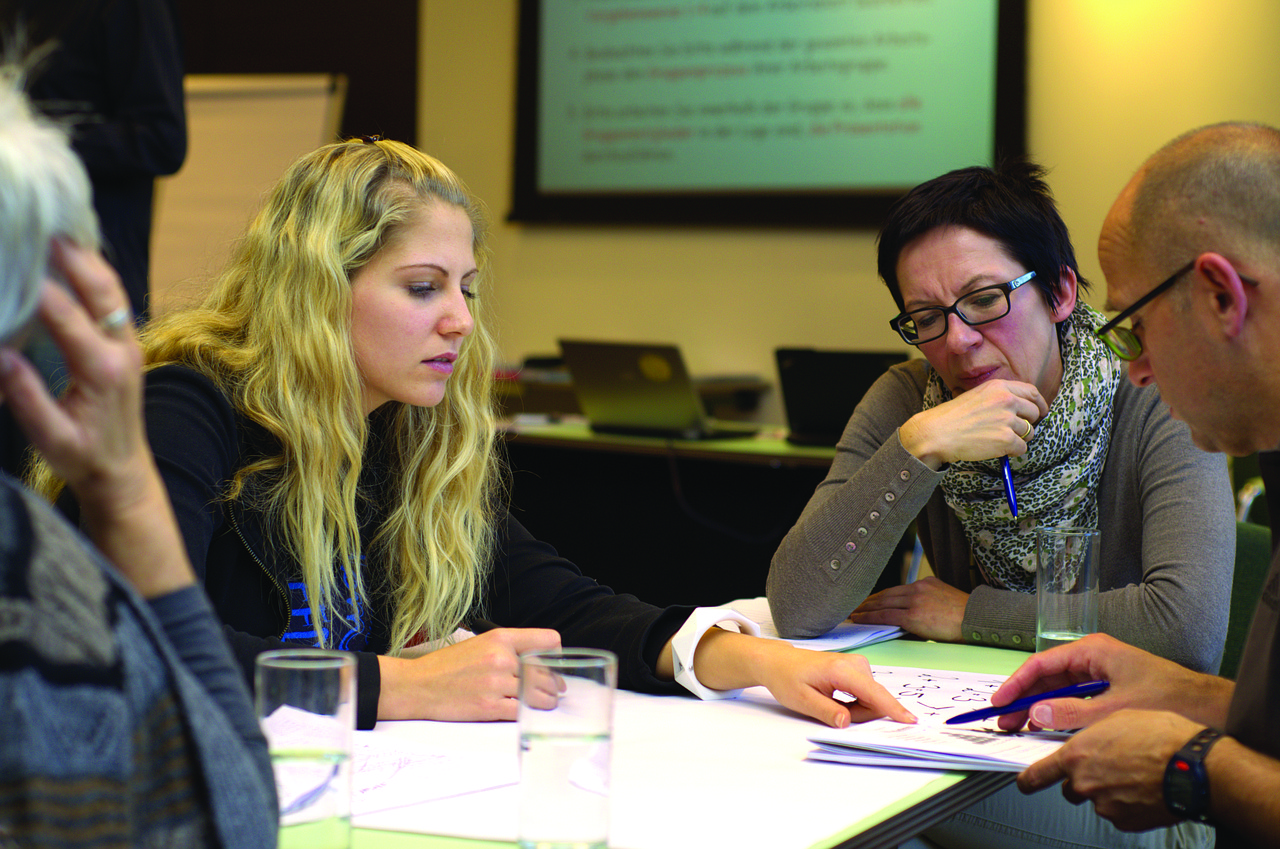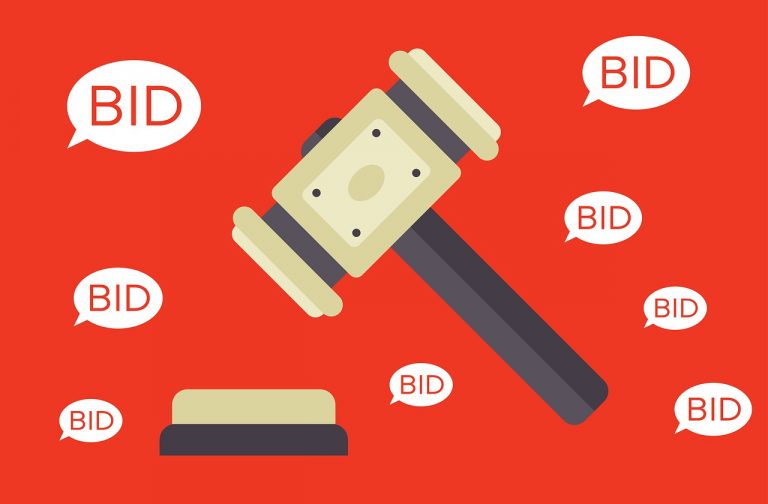The project kick-off meeting is a critical juncture in the project lifecycle, serving as the official start of the project and setting the stage for its execution. It’s a moment to align stakeholders, clarify objectives, and build momentum. To ensure a successful kick-off, it’s essential to cover key elements effectively and engage stakeholders in a way that secures their commitment and enthusiasm. Here’s a comprehensive guide on running an effective project kick-off meeting, including a detailed HTML template and strategies for securing stakeholder engagement and buy-in.
Key Elements of an Effective Project Kick-Off Meeting
- Welcome and Introductions
- Purpose: To establish rapport and ensure familiarity with each participant’s role and contributions.
- Example: Start with a warm welcome and a brief introduction of each team member and stakeholder. Include their names, roles, and how they will contribute to the project. For example, “Hello everyone, I’m Jane Doe, the Project Manager, and I’ll be overseeing the project’s execution. John Smith, our Lead Developer, will handle the technical aspects, while Mary Johnson from the client team will be our primary point of contact.”
- Project Overview
- Purpose: To provide a high-level understanding of the project’s goals, scope, and significance.
- Example: Present a summary of the project objectives, scope, and anticipated impact. Use visuals like slides or diagrams. For instance, “Our project aims to develop a new customer relationship management (CRM) system to improve client interactions and sales tracking. The system will include features such as automated follow-ups and detailed reporting.”
- Objectives and Deliverables
- Purpose: To clearly define what the project aims to achieve and what will be delivered.
- Example: Outline specific goals and deliverables. For example, “By the end of this project, we will deliver a fully functional CRM system with modules for contact management, sales tracking, and reporting. Milestones include completing the design phase by June and rolling out the system by December.”
- Roles and Responsibilities
- Purpose: To clarify the roles and responsibilities of each participant to ensure accountability.
- Example: Detail each team member’s responsibilities. For example, “Jane Doe will coordinate the project and manage schedules, John Smith will lead development and handle technical issues, and Mary Johnson will provide client feedback and ensure alignment with client needs.”
- Project Schedule and Milestones
- Purpose: To present the project timeline, including key milestones and deadlines.
- Example: Share a project timeline with major milestones and deadlines. Include a Gantt chart or timeline view. For instance, “Our timeline includes the following key milestones: Initial design review by March 1, Prototype completion by June 15, and Final system rollout by December 20.”
- Communication Plan
- Purpose: To establish how the team will communicate and share information throughout the project.
- Example: Discuss communication tools and channels. For example, “We’ll use Slack for daily communication, JIRA for task tracking, and hold weekly status meetings every Monday at 10 AM. Ensure you update your progress on JIRA and reach out via Slack for urgent matters.”
- Risk Management
- Purpose: To identify potential risks and outline strategies for managing them.
- Example: Present a risk management plan with potential risks and mitigation strategies. For example, “We anticipate a risk of delayed delivery due to technical challenges. To mitigate this, we’ll have regular sprint reviews and a dedicated technical support team to address issues promptly.”
- Questions and Answers
- Purpose: To address any questions or concerns from the team and stakeholders.
- Example: Open the floor for questions. For instance, “We now welcome any questions or concerns you might have regarding the project scope or your roles. Please feel free to ask for clarification on any point.”
- Next Steps and Action Items
- Purpose: To define immediate actions and responsibilities following the meeting.
- Example: Summarize the next steps and assign action items. For example, “Our next steps include scheduling the first design review meeting, finalizing the project plan, and distributing the detailed project schedule. John will start the initial design drafts, while Mary will coordinate with her team to gather detailed requirements.”
Strategies for Securing Stakeholder Engagement and Buy-In
- Understand Stakeholder Needs and Expectations
- Example: Before the kick-off, conduct one-on-one meetings with key stakeholders to understand their expectations, concerns, and objectives. This helps in tailoring the project plan to meet their needs and demonstrates that their input is valued.
- Communicate the Benefits Clearly
- Example: Clearly articulate how the project will benefit stakeholders and align with their goals. For instance, “This new CRM system will streamline your client management process, reduce administrative overhead, and enhance reporting capabilities, ultimately leading to increased sales and better customer satisfaction.”
- Involve Stakeholders in Planning
- Example: Engage stakeholders in the planning process by soliciting their feedback on the project plan and milestones. This involvement creates a sense of ownership and investment in the project’s success.
- Address Concerns Early
- Example: Actively listen to and address any concerns raised by stakeholders during the kick-off meeting. For example, if a stakeholder expresses concern about the timeline, discuss potential adjustments and solutions to accommodate their needs.
- Demonstrate Commitment and Transparency
- Example: Show commitment to the project’s success by being transparent about project progress, challenges, and changes. Regular updates and honest communication build trust and keep stakeholders engaged.
- Create a Collaborative Environment
- Example: Foster a collaborative atmosphere where stakeholders feel comfortable sharing their ideas and feedback. Encourage open dialogue and collaboration through team-building activities or brainstorming sessions.
- Set Clear Expectations
- Example: Clearly define expectations for stakeholder involvement and communication. For instance, “We expect stakeholders to provide feedback within two weeks of receiving draft deliverables and attend bi-weekly status meetings.”
Project Kick-Off Meeting Template
Here’s an example template for a professional project kick-off meeting agenda, incorporating the strategies for stakeholder engagement:
IT Project Kick-Off Meeting Template
IT Project Kick-Off Meeting
| Meeting Details |
| Meeting Title: |
IT Project Kick-Off Meeting |
| Project Name: |
[Project Name] |
| Date: |
[Date] |
| Time: |
[Start Time] – [End Time] |
| Location: |
[Physical Address or Virtual Meeting Link] |
| Meeting Facilitator: |
[Name] |
| Attendees: |
[List of attendees with titles and contact information] |
Agenda
| Time |
Agenda Item |
| 10 minutes |
Welcome and Introductions: Welcome by the Project Manager, Introductions of all attendees, Overview of meeting objectives |
| 15 minutes |
Project Overview: Project Background, Objectives, Scope, Timeline |
| 15 minutes |
Roles and Responsibilities: Project Team, Stakeholders, Responsibilities |
| 20 minutes |
Project Management Plan: Project Schedule, Resource Allocation, Budget, Risk Management |
| 10 minutes |
Communication Plan: Communication Strategy, Meeting Schedule, Reporting, Contact Points |
| 15 minutes |
Stakeholder Engagement: Expectations, Feedback Mechanisms, Engagement Plan |
| 15 minutes |
Questions and Answers: Open floor for questions and clarifications |
| 10 minutes |
Next Steps and Action Items: Immediate Actions, Assigned Tasks, Follow-Up Meeting |
| 5 minutes |
Closing Remarks: Recap, Reiteration of goals, Thank you to attendees |
Meeting Notes Template
| Meeting Notes |
| Date and Time: |
[Date and Time] |
| Attendees: |
[List of attendees] |
| Key Points Discussed: |
[Summary of key points from each agenda item] |
| Decisions Made: |
[List of decisions made during the meeting] |
| Action Items: |
- Task: [Description of the task] – Assigned To: [Name] – Due Date: [Date]
|
| Questions Raised: |
[List of questions and responses] |
| Next Steps: |
[Summary of next steps and follow-up actions] |
| Next Meeting: |
Date and Time: [Date and Time] – Location: [Location or virtual meeting link] |
Attachments
- Project Management Plan
- Project Schedule and Milestones
- Budget Overview
- Risk Management Plan
- Communication Plan







